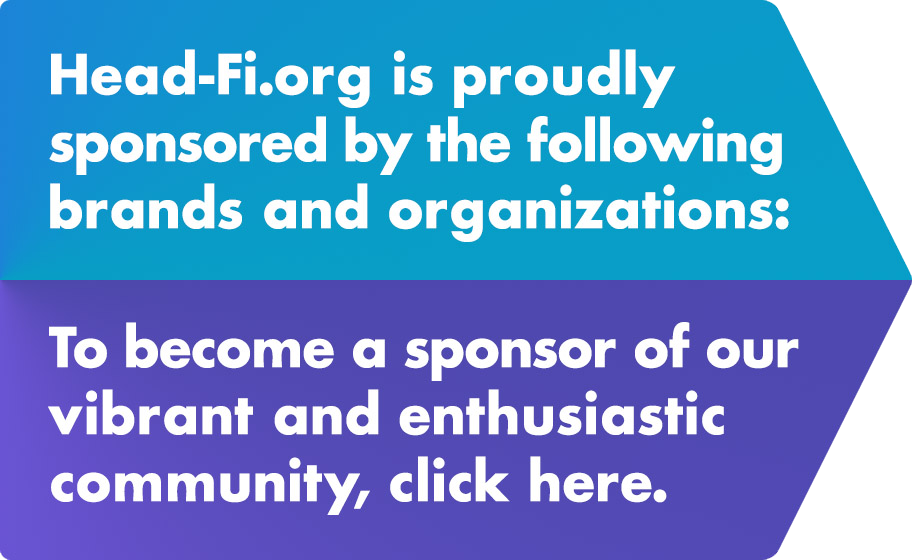Joe,
Thanks for sharing your NightHawk experience. This is high praise for us since what you describe is perfectly in line with our goals for NightHawk. Instead of just doing one thing really well, we designed NightHawk to do everything really well: sound signature balance, technical performance, ergonomics, aesthetic appeal, and emotional engagement — all while representing outstanding value.
As it turns out, the production information that you received from our rep is not accurate, so I would like to clarify.
During the 2+ years of development on NightHawk, we have iterated the design and specifications of every part dozens — and in some cases hundreds — of times in order to arrive at a final product that is durable, acoustically optimal, beautiful, environmentally sustainable, and of high technical excellence. Both the earcup clear-coat process and cable have been subjected to the same scrutiny, thought, and care.
Our earcup coating has turned out to be quite special. We have been working with our USA-based supplier to develop a durable, custom coating that has near-zero emissions of
volatile organic compounds (VOCs) and
hazardous air pollutants (HAPs). Compared to traditional lacquers, varnishes, and poly finishes, our coating is environmentally sustainable and, just as importantly, not a health hazard for the technicians who apply it. We have never considered manufacturing NightHawk with a 10+ step lacquer/polish procedure. Furthermore, our costs have not been a driving factor in NightHawk development. This has been a liberating experience for me, since I have been able to research materials, designs, and processes where cost is no barrier. Our final earcup coating is actually quite expensive (
approaching printer ink), but this has no impact on the retail pricing.
Similarly, the NightHawk cable is in the process of refinement and preparation for mass production. This is something that all of our cables (and other products for that matter) undergo. The nature of manufacturing at high scale means that new processes must be invented that differ from those used to build prototypes and samples. In other words, the challenges of making 100 of something increase exponentially as production is scaled up to tens or hundreds of thousands. This is our current development stage: refining our processes so that we can build NightHawk at high scale. Ultimately, we won't ship until everything meets our elevated standards—even if that means delays.

























 Thank you for the production update. I'm very anxiously awaiting their release. Best regards, Joe
Thank you for the production update. I'm very anxiously awaiting their release. Best regards, Joe